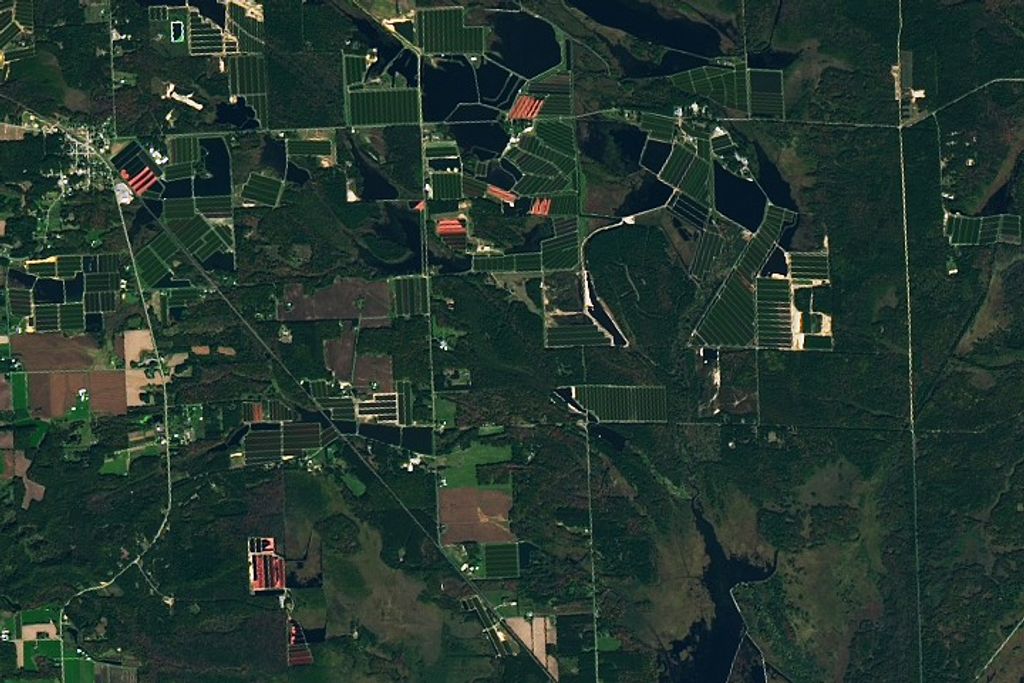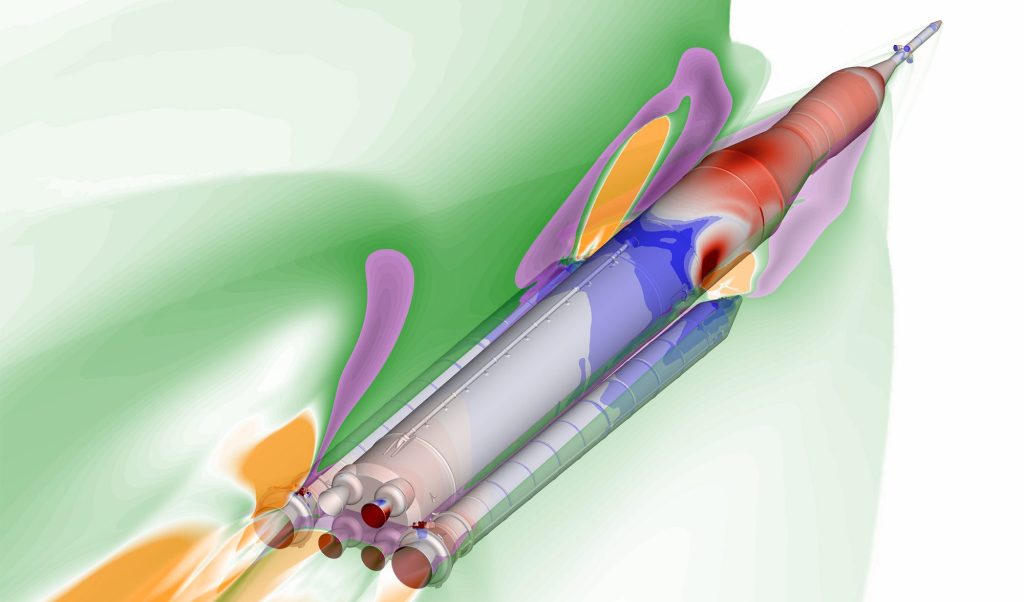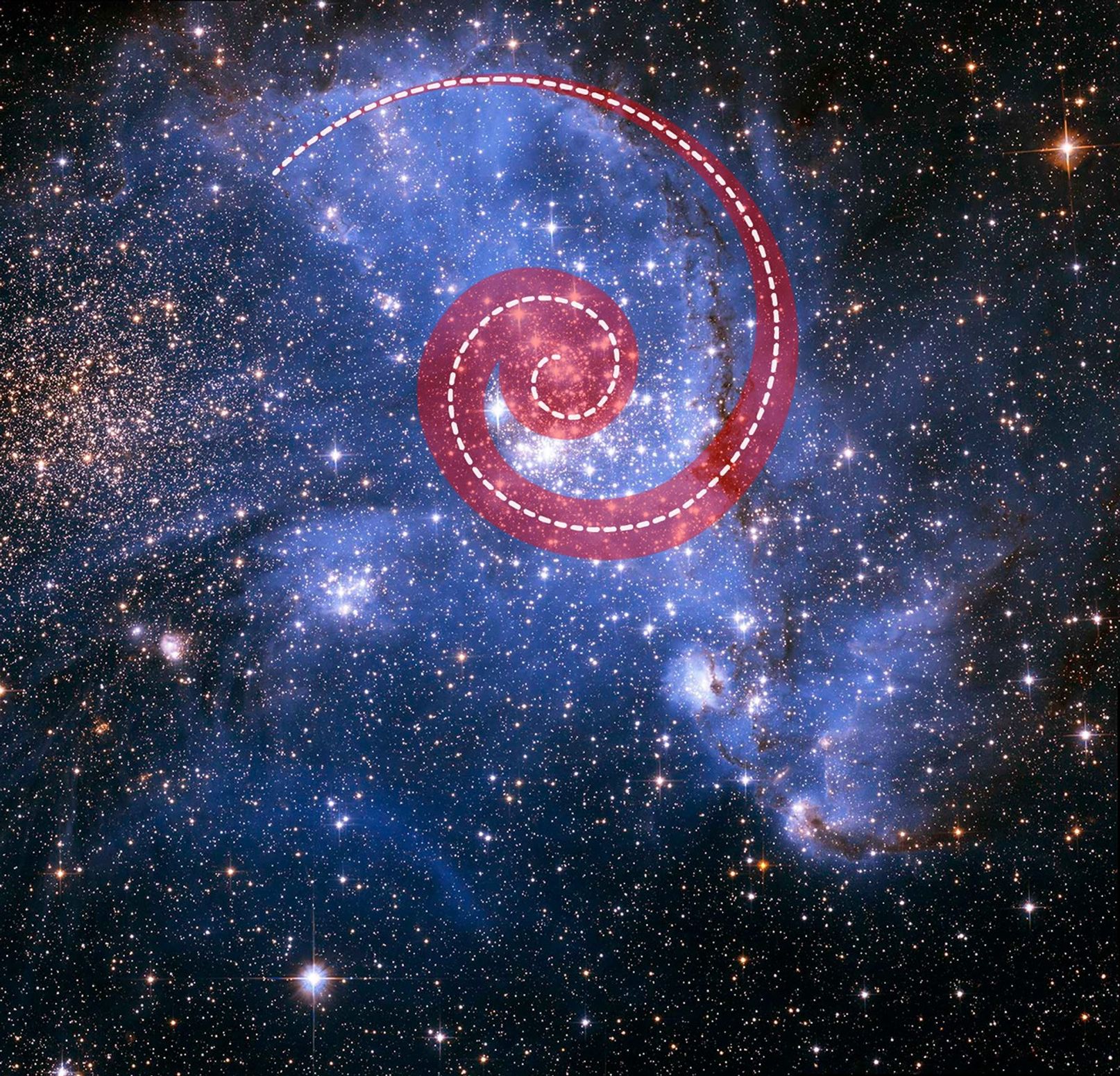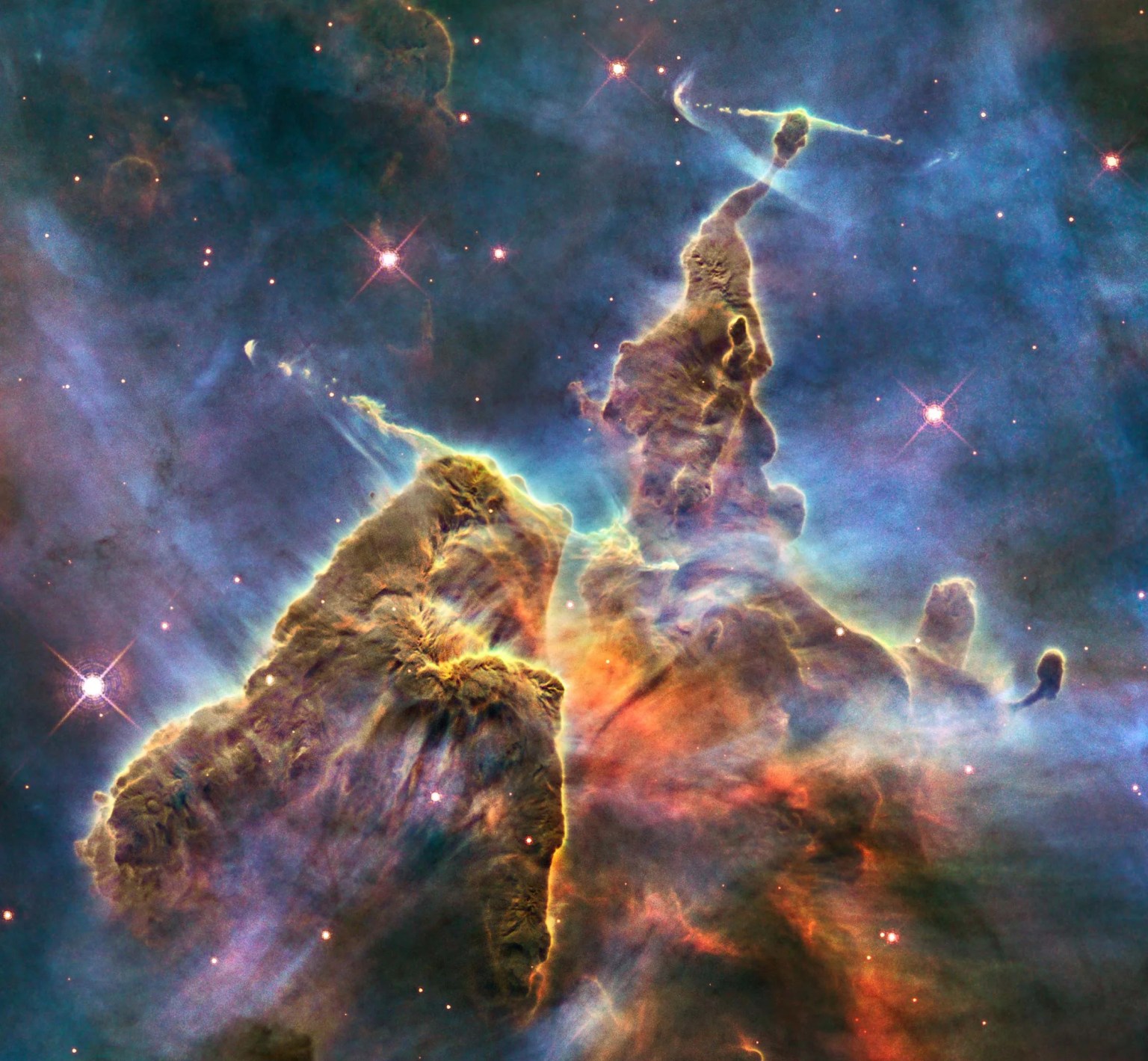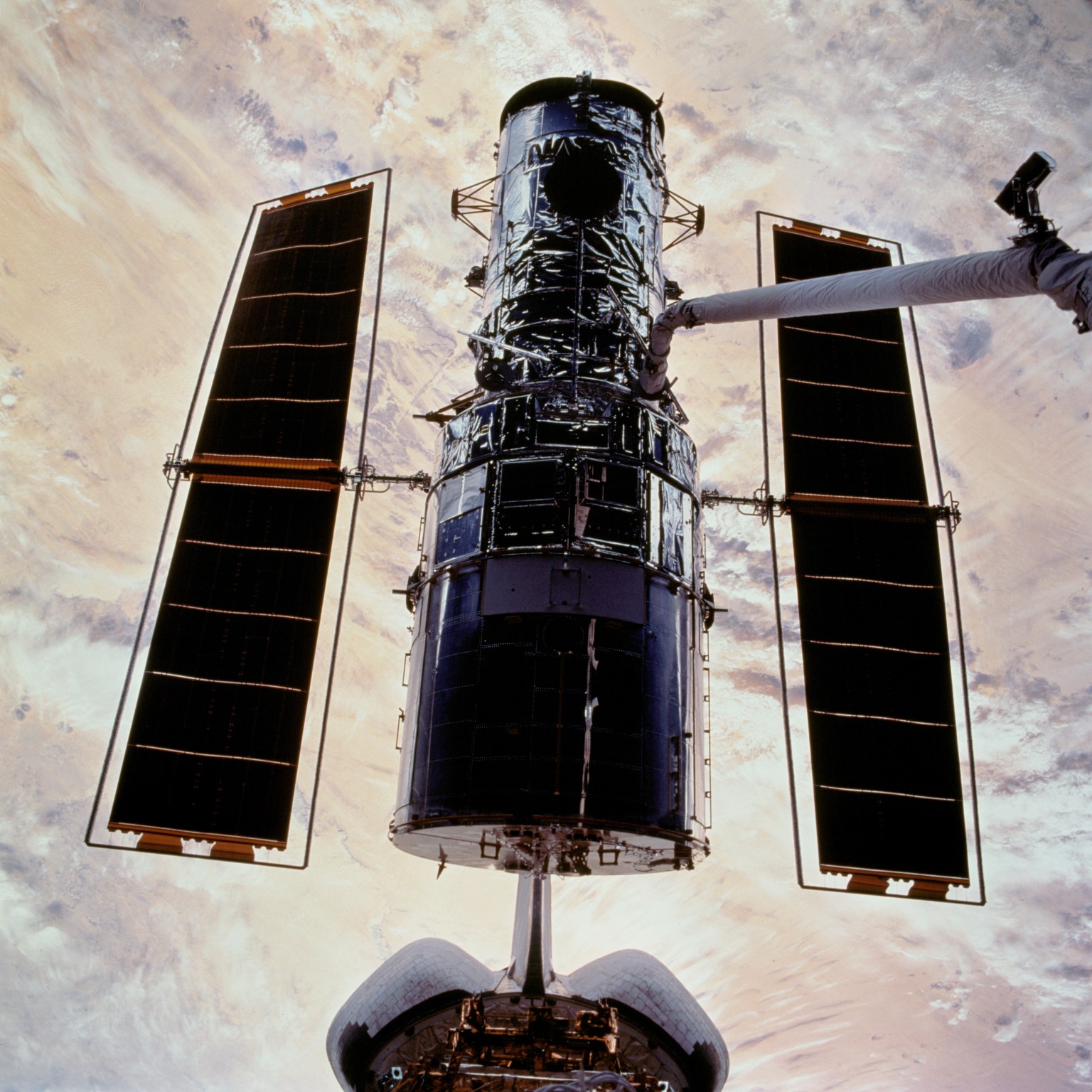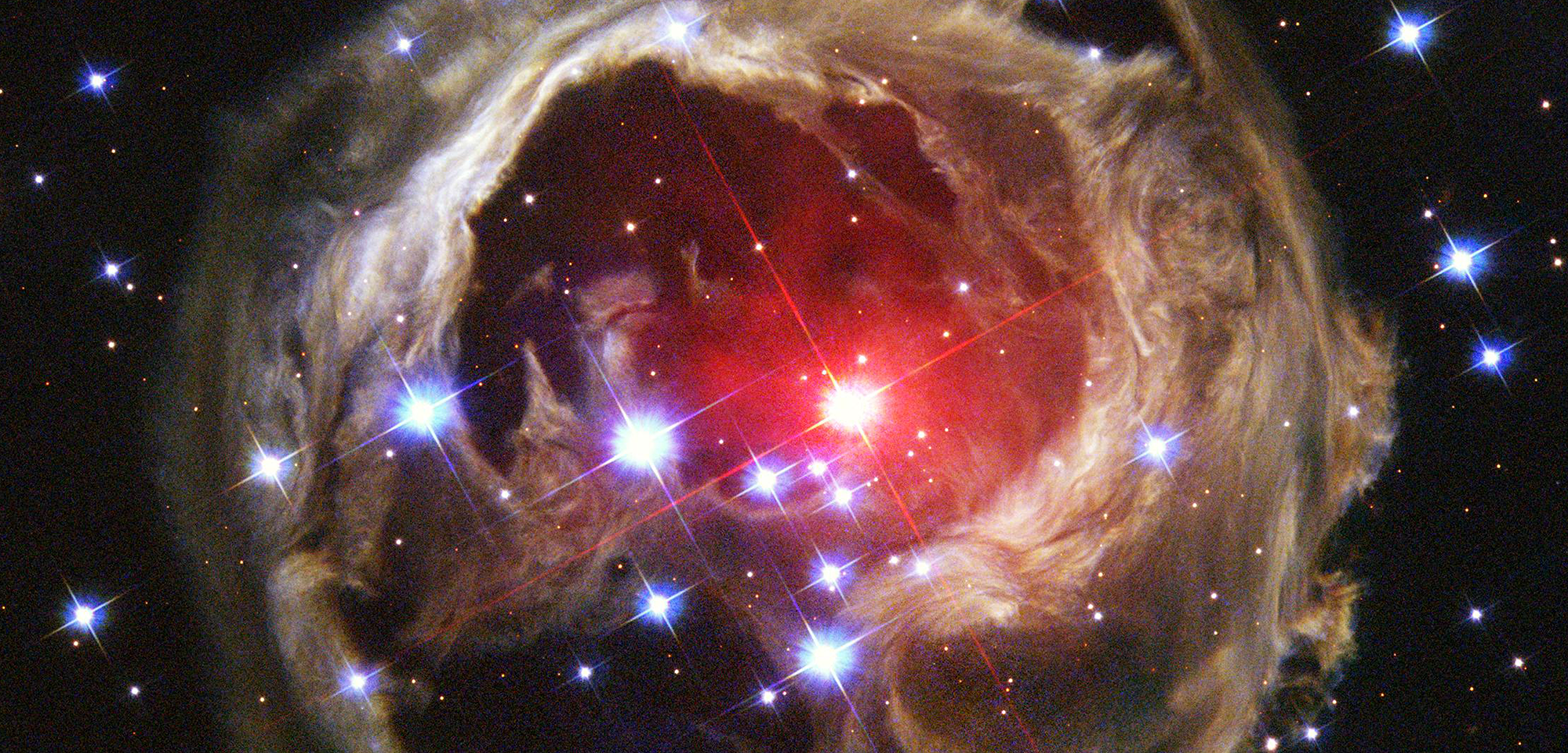As part of ESA/Hubble’s 35th anniversary celebrations, the European Space Agency (ESA) is sharing a new image series revisiting stunning, previously released Hubble targets with the addition of the latest Hubble data and new processing techniques.
This new image showcases the dazzling young star cluster NGC 346. Although both the James Webb Space Telescope and Hubble have released images of NGC 346 previously, this image includes new data and is the first to combine Hubble observations made at infrared, optical, and ultraviolet wavelengths into an intricately detailed view of this vibrant star-forming factory.
NGC 346 is in the Small Magellanic Cloud, a satellite galaxy of the Milky Way that lies 200,000 light-years away in the constellation Tucana. The Small Magellanic Cloud is less rich in elements heavier than helium — what astronomers call metals — than the Milky Way. This makes conditions in the galaxy similar to what existed in the early universe.
NGC 346 is home to more than 2,500 newborn stars. The cluster’s most massive stars, which are many times more massive than our Sun, blaze with an intense blue light in this image. The glowing pink nebula and snakelike dark clouds are sculpted by the luminous stars in the cluster.
Hubble’s exquisite sensitivity and resolution were instrumental in uncovering the secrets of NGC 346’s star formation. Using two sets of observations taken 11 years apart, researchers traced the motions of NGC 346’s stars, revealing them to be spiraling in toward the center of the cluster. This spiraling motion arises from a stream of gas from outside of the cluster that fuels star formation in the center of the turbulent cloud.
The inhabitants of this cluster are stellar sculptors, carving out a bubble within the nebula. NGC 346’s hot, massive stars produce intense radiation and fierce stellar winds that pummel the billowing gas of their birthplace, dispersing the surrounding nebula.
The nebula, named N66, is the brightest example of an H II (pronounced ‘H-two’) region in the Small Magellanic Cloud. H II regions are set aglow by ultraviolet light from hot, young stars like those in NGC 346. The presence of this nebula indicates the young age of the star cluster, as an H II region shines only as long as the stars that power it — a mere few million years for the massive stars pictured here.
The Hubble Space Telescope has been operating for over three decades and continues to make ground-breaking discoveries that shape our fundamental understanding of the universe. Hubble is a project of international cooperation between NASA and ESA (European Space Agency). NASA's Goddard Space Flight Center in Greenbelt, Maryland, manages the telescope and mission operations. Lockheed Martin Space, based in Denver, also supports mission operations at Goddard. The Space Telescope Science Institute in Baltimore, which is operated by the Association of Universities for Research in Astronomy, conducts Hubble science operations for NASA.









